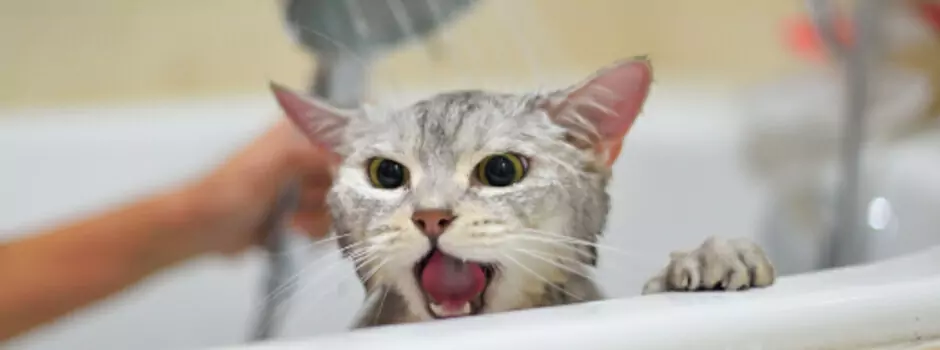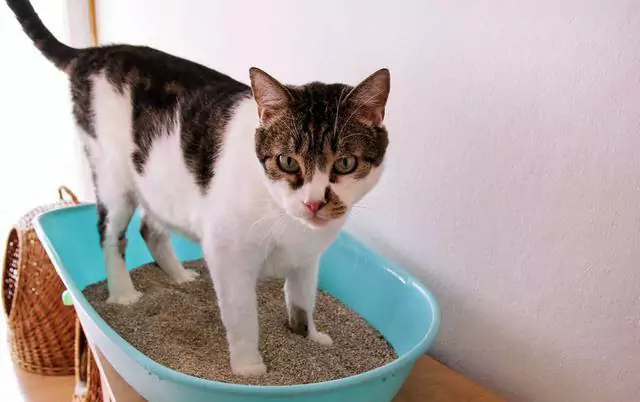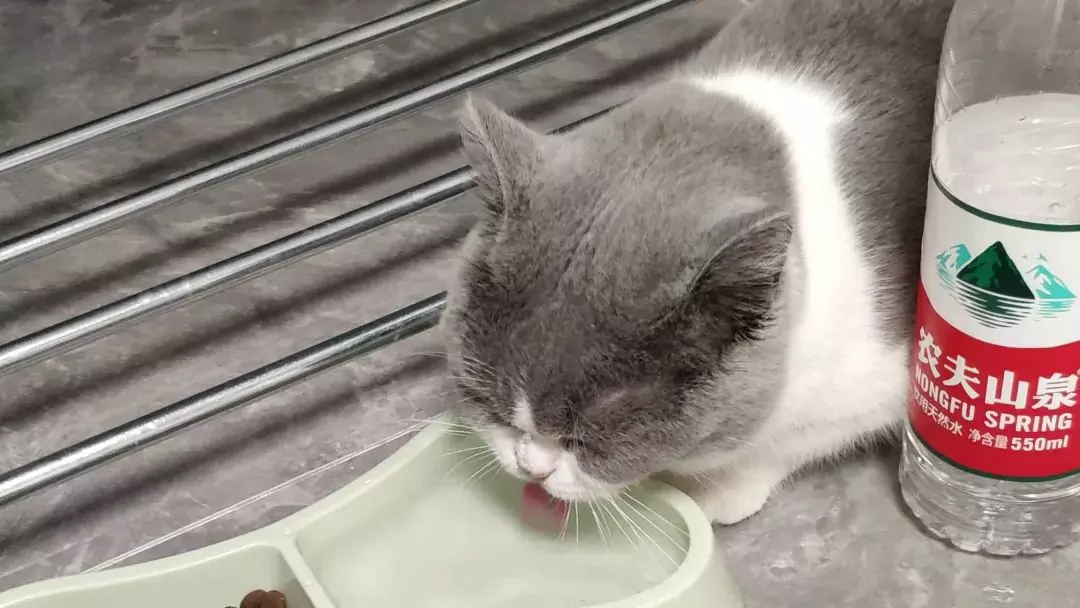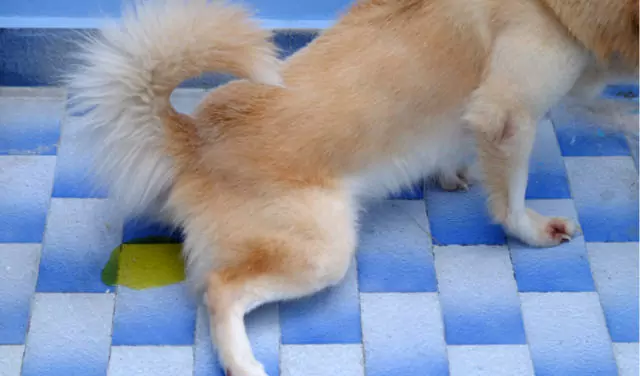How to remove cat urine smell from clothes? How to remove stains from cat urine
2022-07-01
How to remove the smell of cat urine from your clothes
Cats with behavioral problems may often get urine on your bed, couch, carpet or clothes. The headache is that cat urine has an odor that is difficult to remove, especially if it has dried and crystallized. The method I'm going to describe today will allow you to remove the urine odor from any fabric surface. Of course this method can also be used to remove urine from any type of pet. After the smell is removed, the next thing we need to do is to find the cause of your cat's messy urine, it could be a behavioral problem or a health problem, to find the root of the problem in order to further prevent the next accident from happening. To completely remove the smell, you need to prepare the following materials: paper towels, oxygen bleaching powder, white vinegar, baking soda (optional), and bio-enzymatic detergent.
How to completely remove the smell of cat urine? (Remove the smell of cat urine from clothes)
1銆丳re-treatment
It is not a good idea to throw urine-stained clothes or fabrics directly into the washing machine, because the special smell of cat urine can contaminate the whole foreign matter. So it is best to do pre-treatment before washing.
Rinse the urine spot with clean, cold water. Dry the stained area with a paper towel. There is no need to scrub the stain hard, as this will cause the stain to penetrate deeper into the fabric. Your goal is to soak up as much of the urine as possible before moving on to the cleaning stage.
Fill the sink with water and add half a cup of oxygen bleach powder. Do not use traditional chlorine bleach, as this can damage the garment. Mix the oxygen bleach thoroughly into the water, then soak the urine-stained item in the water for one to four hours.
Note: There are a variety of odor elimination products available as part of the pretreatment, but do not use products containing ammonia to clean urine stains. The cat will likely mistake the ammonia odor for urine and will then urinate in the same place repeatedly.
2銆乂inegar wash
For best results, use a two-part cleaning process to remove urine stains and odors. The first part of this process is a vinegar wash.
Mix one cup of white vinegar with three cups of water ( 1:3 ). Apply this solution to the urine-stained item and let it sit for a few minutes.
If you wish, cover the stained area with baking soda. The baking soda will absorb and neutralize the odor along with the vinegar.
Wash in the washing machine with cold water. Do not add any laundry detergent. Do not use warm or hot water as this may cause stains and odors.
Air dry urine stained items. If you dry indoors, this may take up to 24 hours. Do not use a clothes dryer, as any heat may permanently affect the odor.
3. Washing and ironing
By now, many stains and odors have been removed and you can turn to traditional washing. Use an enzyme-based detergent to wash urine-stained items in cold water. Enzyme-based detergents are known to treat organic stains. These enzymes effectively "eat" organic material, including cat urine. Detergent labels will indicate if they contain enzymes. Air dry the items again. Once they are completely dry, smell the items carefully for any lingering odors. If the urine is completely dry, you may need to repeat the final cleaning step.
4. Consider the cat's health
In order to avoid another accident, it is important to solve the cat's problem. When a cat urinates in a place other than the litter box, this usually indicates a health or behavioral problem. First take your cat to the vet. Besides a dirty litter box, urinary tract problems are the most common reason why cats do not use the litter box. You must first rule out a health problem. If your veterinarian rules out medical causes, then you need to address the behavioral causes of your cat's improper urination.
5. Can you still smell cat urine?
If your laundry smells fresh, but you can still detect the smell of cat urine residue, you need to do some detective work. The pet may have marked the floor, furniture or other places in your house. Use a black light for inspection. Most black lights work better in complete darkness, so be careful when working. Use the light to scan walls, floors, baseboards, furniture and any other surfaces. Place the light close to the surface for best results - urine stains will glow fluorescent white. Use chalk or post-it notes to mark areas where the black light shows stains. Once you have identified the stained area, clean the area with a deodorizing product. After a thorough cleaning, you can enjoy a fresh home again.
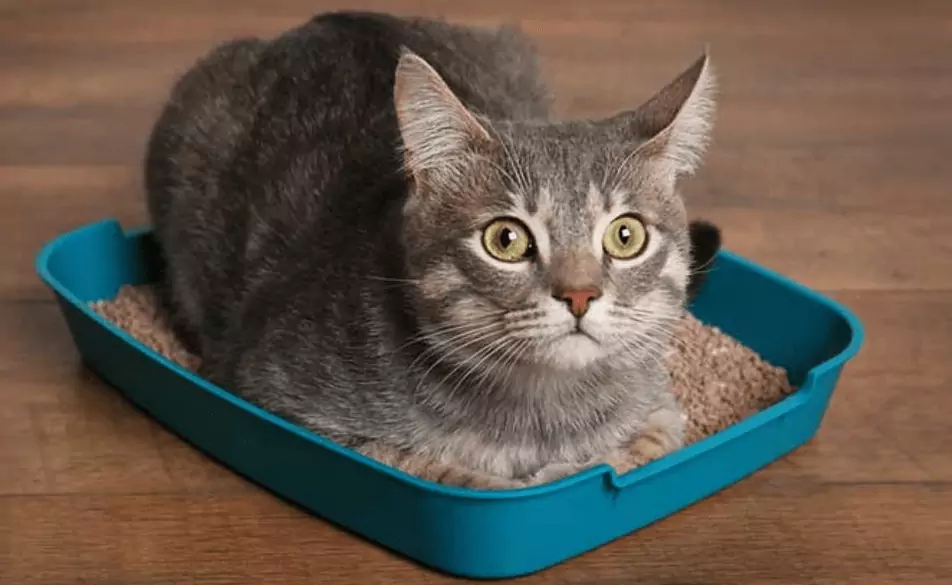
How to remove stains from cat urine
Anyone who has a cat should have appreciated the odor produced by cat urine. This pungent smell can spread through the home and if not cleaned properly, the odor can become stronger over time. Cat urine smells like ammonia, which is unpleasant to smell. In addition to the unpleasant smell, cat urine can also produce stains, especially on floor stalls and fabrics. Urine stains are a pain to clean, so learning to remove cat urine quickly and effectively is the key to ensuring a clean home environment.
I. Finding and removing urine stains
How to remove stains produced by cat urine
Find the source of the odor. Fresh, moist urine stains are easier to clean and easier to wipe up. If the urine stain has dried, clean it in the same way, although it may have soaked into the furniture because it has been too long.
Follow the odor to find the place where the cat peed. It is difficult to identify urine stains left on carpets or padded furniture with the naked eye, so you will need to feel with your hands and look for damp areas. If urine stains left on tiles, wooden floors and or oiled carpets have dried, you will need to touch them by hand and look for sticky and slippery areas.
You can also use a black light to find urine stains. A black light can illuminate yellow urine stains left on furniture, walls, and carpets. Black lights are inexpensive and can be purchased at pet stores or online.
Wipe and soak up any remaining cat urine. Wipe the stains left on the fabric or carpet with a paper towel and try to soak up the residual urine to prevent it from soaking into the fibers of the fabric and carpet. When wiping, be gentle.
If you don't want to waste paper towels for environmental reasons, you can also use rags, rags or old clothes to wipe up urine stains instead, and just discard them after use.
Readers who have an absorbent machine can use it to soak up urine stains; this method is more effective than manual wiping. Remember not to use a steam cleaner to remove urine stains; the heat will cause the smell of cat urine to last longer and be more difficult to wipe up.
Do not wipe the urine stain with force. Rubbing hard will only make the urine stain stick more firmly.
If the urine stain has dried, pour a little cold water over it and absorb the excess moisture.
If the stain is left on the carpet, stand on it with your shoes on, as this will push the urine out of the surface.
Remove urine stains with a stain remover. You can use commercially available stain removal products to remove urine stains, or you can make your own stain remover using common household products. The usage of both stain removers will be mentioned below.
Removing urine stains with commercially available stain removers
How to remove stains caused by cat urine (pictures included)
Purchase a stain removal product. Enzyme cleaners are effective in getting rid of urine stains, and care should be taken when shopping for these products. Enzyme cleaners dissolve the enzymes in cat urine and neutralize odors, and are available at major pet stores.
Enzyme cleaners convert the uric acid in cat urine into carbon dioxide and ammonia. These two gases evaporate easily, thus neutralizing odors.
Enzyme Cleaner is effective in removing urine stains that have just been created or have been left for a long time.
Read the instructions for use. Some cleaners have special application methods, so read the instructions carefully before using them.
Use cleaning products according to instructions. Failure to follow instructions may permanently damage furniture.
Test the product before use. Before using the cleaner, select a small, undetectable stain and test it to see if it will damage the item or discolor it.
As soon as you notice the difference, stop using the cleaner. You can change the cleaning product or make your own cleaner.
If the test result is not abnormal, you can rest assured.
Soak the stain with the cleaner. Soak for 10 to 15 minutes to allow the cleaner to thoroughly penetrate the stain, then soak it up as best you can with a rag or paper towel.
Air dry the cleaned area. This step is important because enzyme cleaners need time to break down the uric acid in the urine and then convert it into a gas and evaporate.
Isolate the cleaned area. The cat will follow the smell of the enzymes in the urine back to the area where it previously peed and continue to poop there. Cover the cleaned area with aluminum foil or by turning the laundry basket upside down. Doing so will prevent the cat from urinating in place and will prevent family members from stepping on the cleaned area.
Repeat these steps until the odor and urine stains are removed. You may need to use the enzyme cleaner two or three times when removing stale stains. Make sure to dry the cleaned area before each repeat application to thoroughly remove urine stains.
Third, make your own stain remover to remove urine stains
Prepare the ingredients and make your own cleaner. Enzyme cleaners are the best choice for cleaning cat urine, but you can also prepare a household cleaner using white vinegar, baking soda, liquid dishwashing liquid and 3% concentration of hydrogen peroxide. The vinegar will kill the bacteria and also get rid of odors.
This household cleaner can effectively remove old and new urine stains.
Mix water and vinegar in a ratio of 2:1, pour the solvent mixture on the stain, wait for 3 to 5 minutes, and then blot up the excess solvent. Remember that vinegar should not be used to clean marble or stone surfaces.
Sprinkle baking soda on the stain. Sprinkle a little more soda for better removal of urine stains.
Mix 3% hydrogen peroxide and a teaspoon of dishwashing detergent. Spray the mixed solvent on the soda and wipe the stain with a rag, taking care to clean the rag during the process. Blot in all directions so that the solvent thoroughly soaks into the urine stain, then dry it off.
Dry the cleaned area. Dry this area first and then remove the soda that is stuck to it.
If the cleaned area is hard or brittle to the touch, wash it again with warm, clear water and then dry it.
Isolate the cleaned area. After cleaning and drying the area contaminated with cat urine, please isolate it to prevent the cat from coming back to defecate again. During the isolation period, you can observe whether the odor and stain are completely removed and you can open the area again once you are sure.
If the stain is stubborn and difficult to remove, repeat the above steps. Keep an eye on your cat and watch for odors from cat urine.
Tips
The key to thoroughly cleaning stains created by cat urine is prompt action. The longer cat urine remains on blankets, wooden floors and fabrics, the less likely it is to be cleaned.
To avoid the pungent odor produced by male cats urinating, please de-sex them promptly. The smell of male cat urine is more pungent, and they prefer to pee around.
Was this article helpful to you?
Other links in this article
Deutsch:
Wie entfernt man den Geruch von Katzenurin aus der Kleidung? Wie man Flecken von Katzenurin entfernt
español :
¿Cómo eliminar el olor a orina de gato de la ropa? Cómo eliminar las manchas de orina de gato
Français:
Comment enlever l'odeur d'urine de chat des vêtements ? Comment enlever les taches d'urine de chat
Italiano:
Come rimuovere l'odore di urina di gatto dai vestiti? Come rimuovere le macchie di urina di gatto
Nederlands:
Hoe verwijder je de geur van kattenurine uit je kleren? Hoe verwijder je vlekken van kattenurine
português (Brasil):
Como remover o cheiro de urina de gato das roupas? Como remover manchas de urina de gato
中文简体:
如何去除衣服上的猫尿味?如何清除猫尿产生的污渍
中文繁体:
如何去除衣服上的貓尿味?如何清除貓尿產生的污漬
Comments
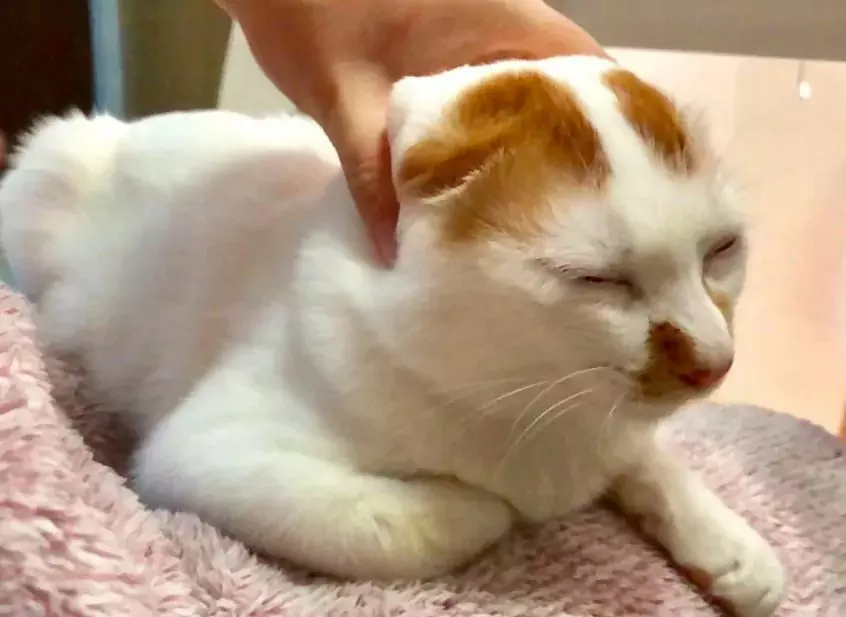
Why do cats sleep so much? How long do cats sleep in a day? Cats' sleep cycles, sleep habits, and dreaming

Why is my cat losing its hair?
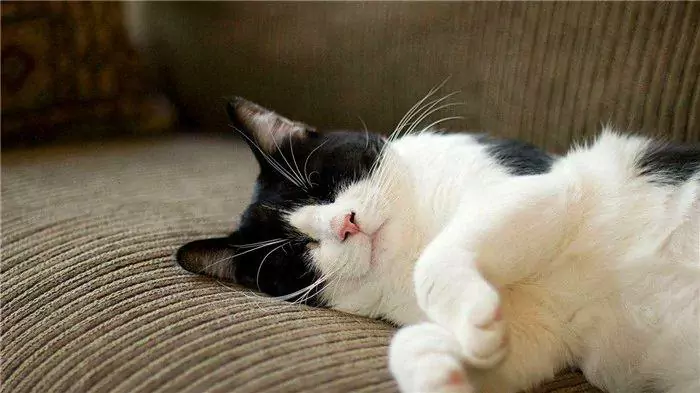
Why do cats purr?
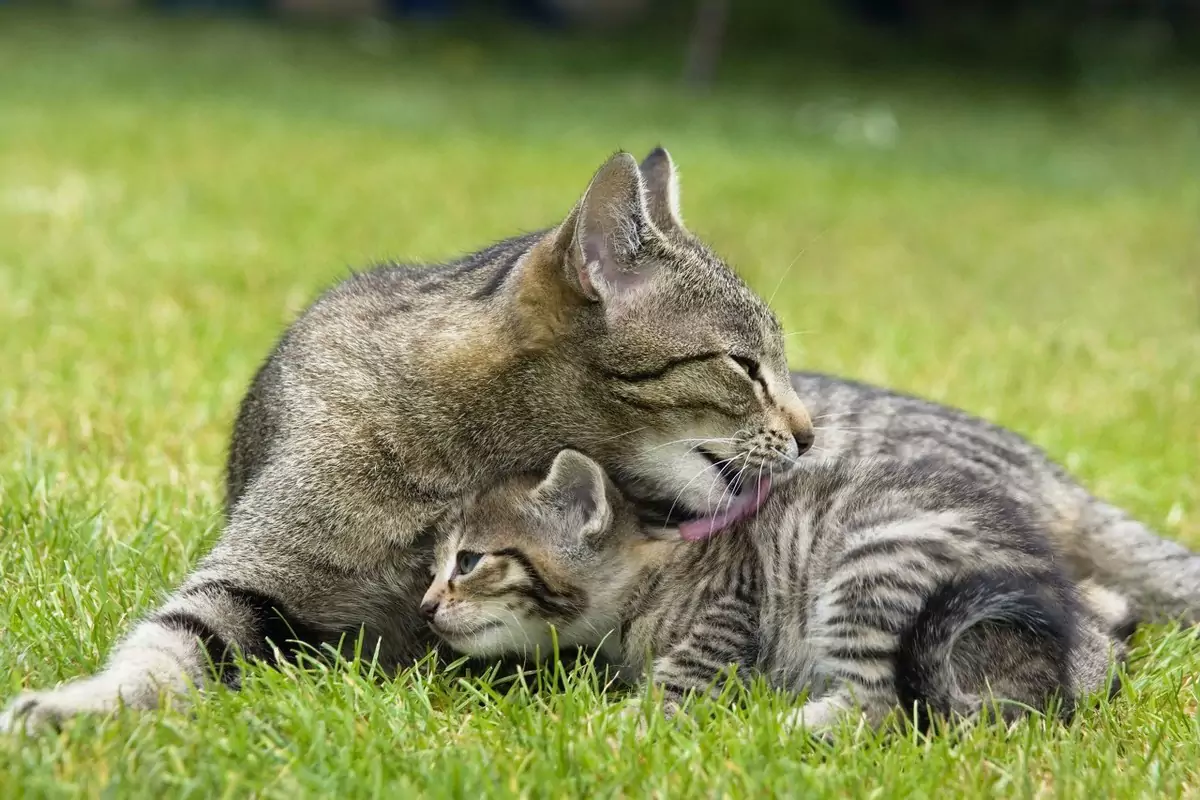
Why do cats groom each other?

How long do cats live indoors? Do cats get lonely?
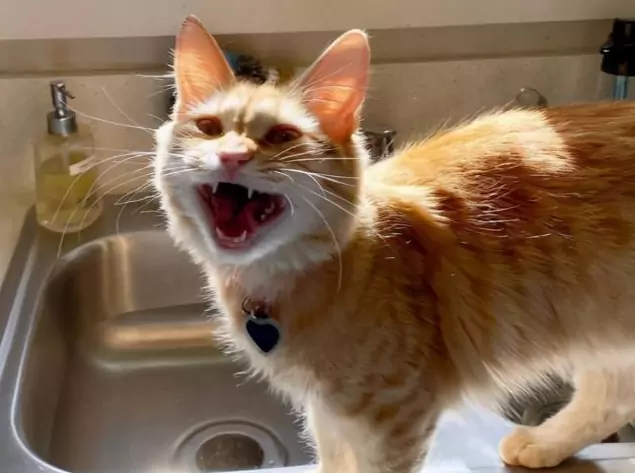
Why do cats make hissing noises? The origin of the hissing sound of cats

Are potatoes toxic to cats? What causes the onset of potato sprout poisoning in cats?
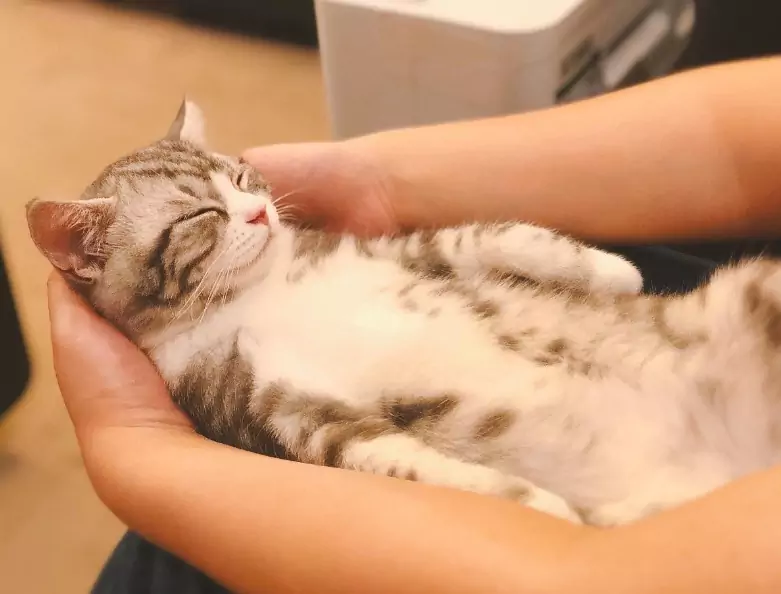
Why does my cat sleep on top of me? Reasons why cats like to sleep next to their owners
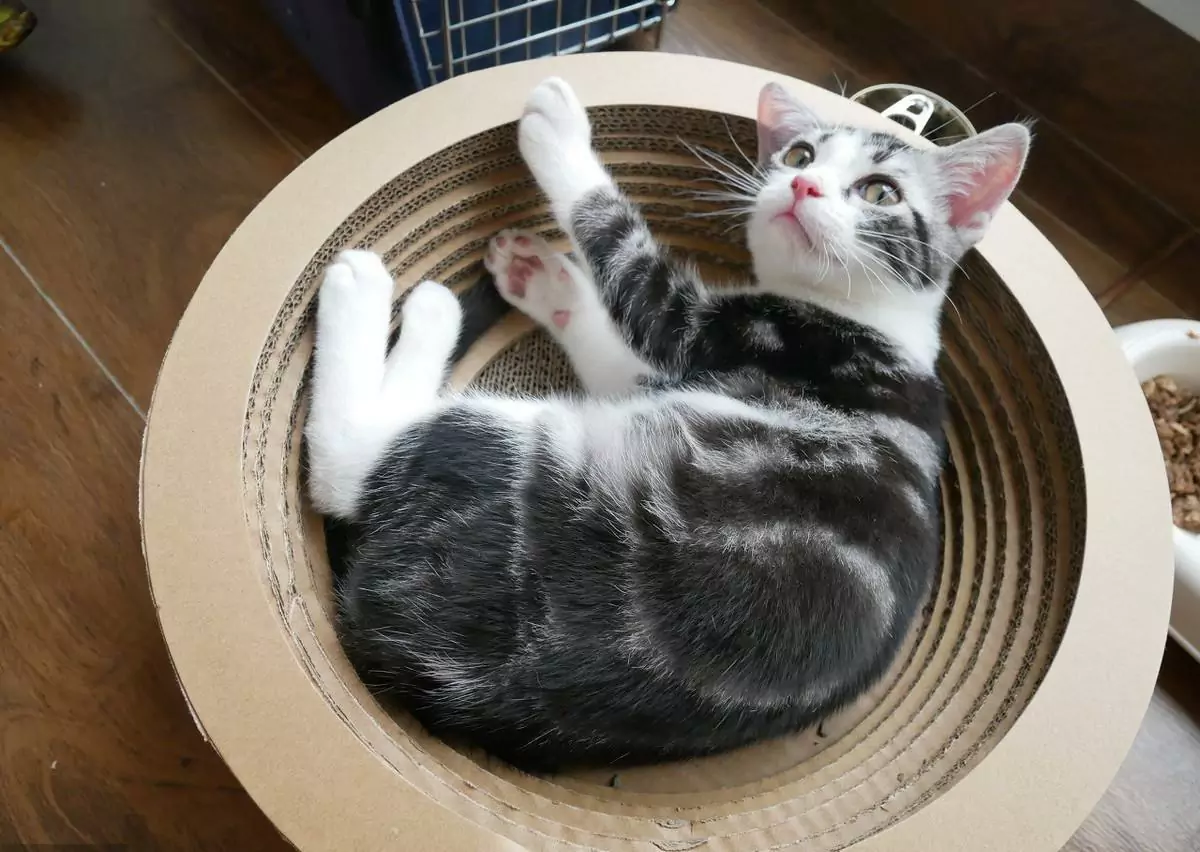
How do make cats like you? How to get cats to like us is quite simple

Can cats eat grapes? Why can't cats eat grapes?







